Author Archives: Michael Tremante
Author Archives: Michael Tremante

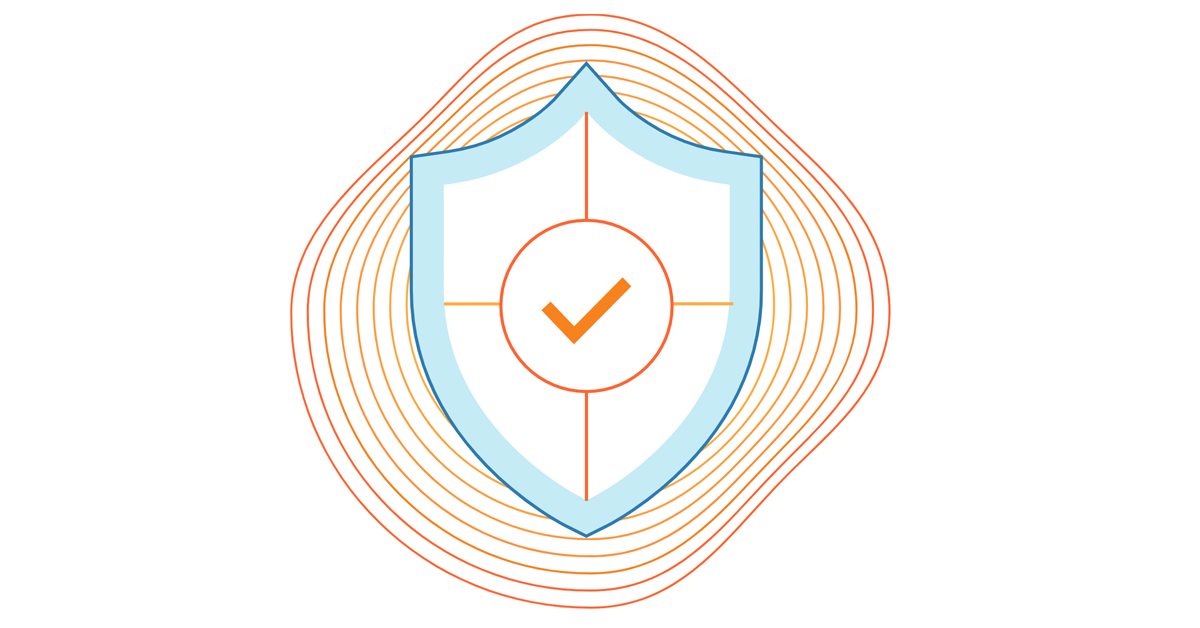
On September 29, 2021, the Apache Security team was alerted to a path traversal vulnerability being actively exploited (zero-day) against Apache HTTP Server version 2.4.49. The vulnerability, in some instances, can allow an attacker to fully compromise the web server via remote code execution (RCE) or at the very least access sensitive files. CVE number 2021-41773 has been assigned to this issue. Both Linux and Windows based servers are vulnerable.
An initial patch was made available on October 4 with an update to 2.4.50, however, this was found to be insufficient resulting in an additional patch bumping the version number to 2.4.51 on October 7th (CVE-2021-42013).
Customers using Apache HTTP Server versions 2.4.49 and 2.4.50 should immediately update to version 2.4.51 to mitigate the vulnerability. Details on how to update can be found on the official Apache HTTP Server project site.
Any Cloudflare customer with the setting normalize URLs to origin turned on have always been protected against this vulnerability.
Additionally, customers who have access to the Cloudflare Web Application Firewall (WAF), receive additional protection by turning on the rule with the following IDs:
1c3d3022129c48e9bb52e953fe8ceb2f (for Continue reading

On August 25, 2021, Atlassian released a security advisory for their Confluence Server and Data Center. The advisory highlighted an Object-Graph Navigation Language (OGNL) injection that would result in an unauthenticated attacker being able to execute arbitrary code.
A full proof of concept (PoC) of the attack was made available by a security researcher on August 31, 2021. Cloudflare immediately reviewed the PoC and prepared a mitigation rule via an emergency release. The rule, once tested, was deployed on September 1, 2021, at 15:32 UTC with a default action of BLOCK and the following IDs:
100400 (for our legacy WAF)e8c550810618437c953cf3a969e0b97a (for our new WAF)All customers using the Cloudflare WAF to protect their self-hosted Confluence applications have automatically been protected since the new rule was deployed last week. Additionally, the Cloudflare WAF started blocking a high number of potentially malicious requests to Confluence applications even before the rule was deployed.
And customers who had deployed Cloudflare Access in front of their Confluence applications were already protected even before the emergency release. Access checks every request made to a protected hostname for a JSON Web Token (JWT) containing a user’s identity. Any unauthenticated users attempting this exploit Continue reading


The team at Cloudflare building our Web Application Firewall (WAF) has continued to innovate over the past year. Today, we received public recognition of our work.
The ease of use, scale, and innovative controls provided by the Cloudflare WAF has translated into positive customer reviews, earning us the Gartner Peer Insights Customers' Choice Distinction for WAF for 2021. You can download a complimentary copy of the report here.

Gartner Peer Insights Customers’ Choice distinctions recognize vendors and products that are highly rated by their customers. The data collected represents a top-level synthesis of vendor software products most valued by IT Enterprise professionals.
The positive feedback we have received is consistent and leads back to Cloudflare’s product principles. Customers find that Cloudflare’s WAF is:
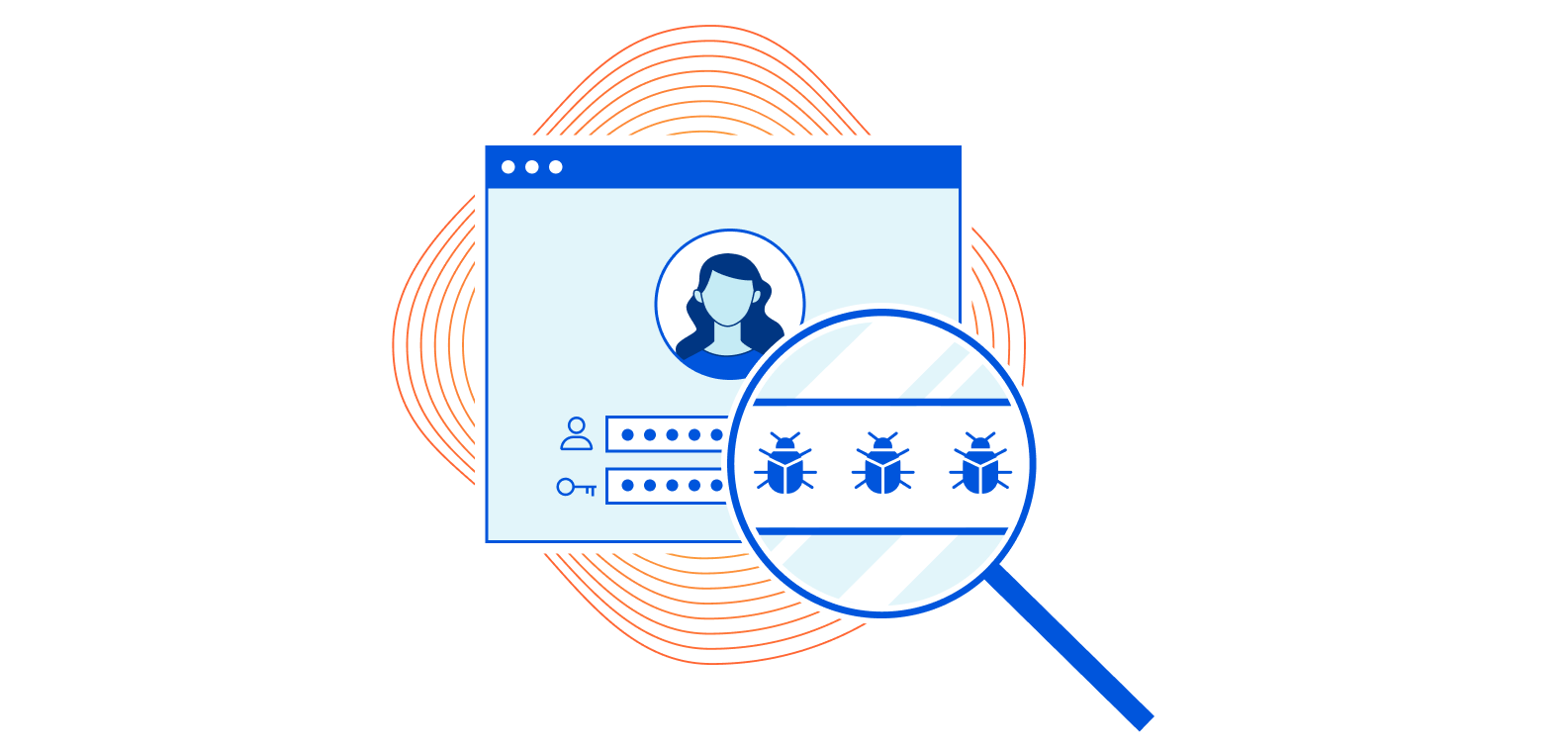
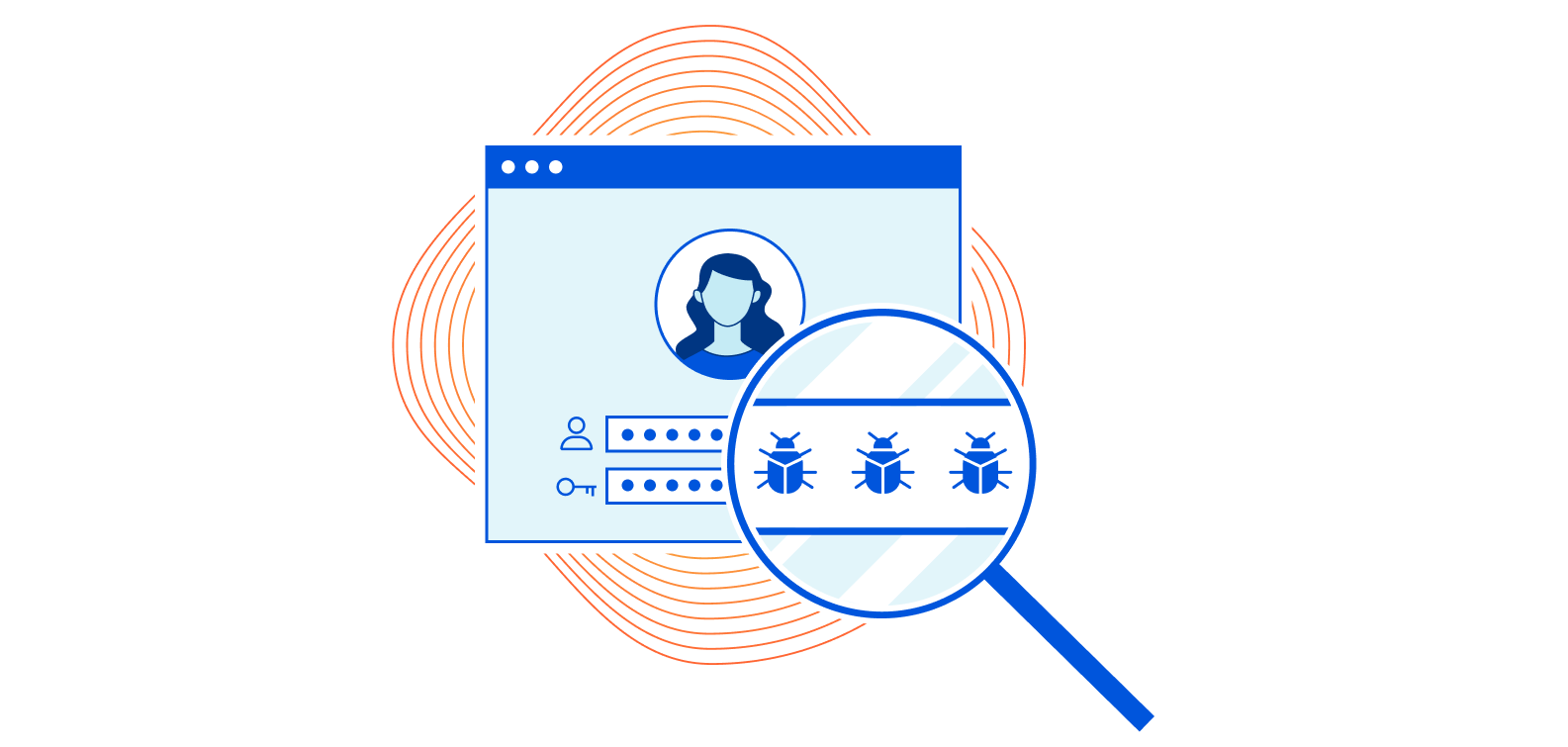
End user account security is always a top priority, but a hard problem to solve. To make matters worse, authenticating users is hard. With datasets of breached credentials becoming commonplace, and more advanced bots crawling the web attempting credential stuffing attacks, protecting and monitoring authentication endpoints becomes a challenge for security focused teams. On top of this, many authentication endpoints still rely just on providing a correct username and password making undetected credential stuffing lead to account takeover by malicious actors.
Many features of the Cloudflare platform can help with implementing account takeover protections. In this post we will go over several examples as well as announce a number of new features. These include:

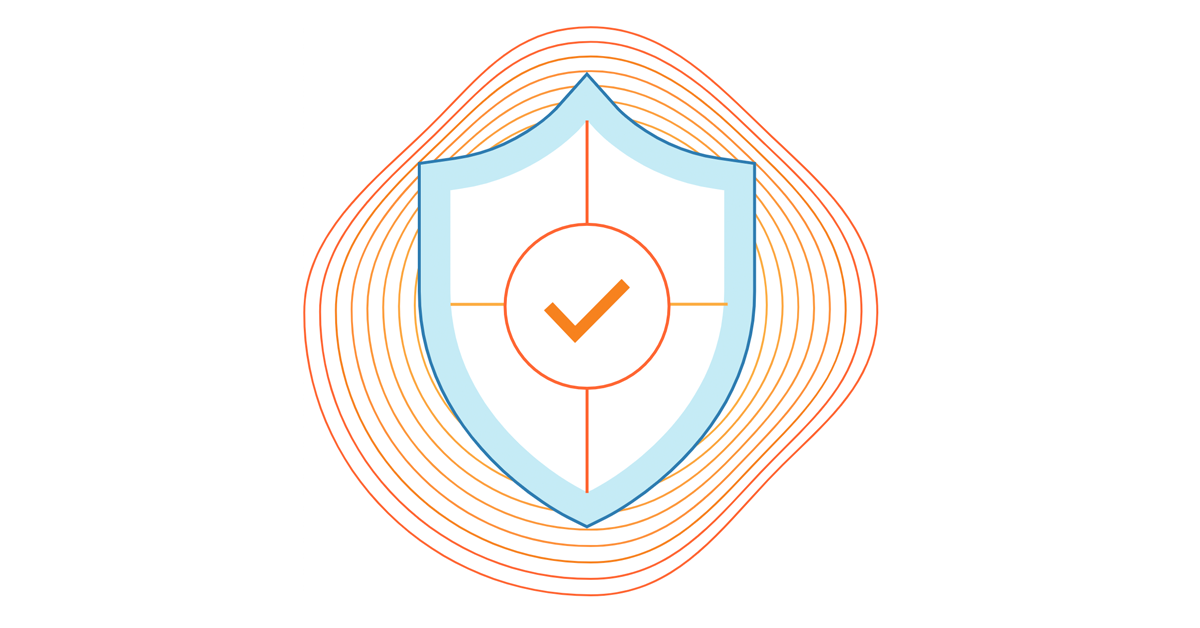
The Cloudflare Web Application Firewall (WAF) blocks more than 57 billion cyber threats per day. That is 650k blocked HTTP requests per second. The original code that filters this traffic was written by Cloudflare’s now CTO and the WAF has since received many accolades including the highest score for ability to execute in the 2020 Gartner Magic Quadrant for WAF.
Because we value replacing code when it is no longer as maintainable, performant, or scalable as it once was, we regularly rewrite key parts of the Cloudflare stack. That’s necessary as our enormous growth makes yesterday’s solutions unworkable. For some time, we have been working on replacing that original LuaJIT code John wrote with new code, written in Rust, along with an improved UI.
We are now excited to announce a new Cloudflare Web Application Firewall.
Starting today, 10% of newly created accounts on Cloudflare will be given access to the new WAF whenever a Pro plan zone or above is added. This percentage will increase to 100% of new accounts over the month of April, after which migration efforts will commence for existing customers. Enterprise customers may migrate early by contacting their account team.
The Web Application Continue reading

The Cloudflare Web Application Firewall (WAF) blocks more than 72B malicious requests per day from reaching our customers’ applications. Typically, our users can easily confirm these requests were not legitimate by checking the URL, the query parameters, or other metadata that Cloudflare provides as part of the security event log in the dashboard.
Sometimes investigating a WAF event requires a bit more research and a trial and error approach, as the WAF may have matched against a field that is not logged by default.
Not logging all parts of a request is intentional: HTTP headers and payloads often contain sensitive data, including personally identifiable information, which we consider a toxic asset. Request headers may contain cookies and POST payloads may contain username and password pairs submitted during a login attempt among other sensitive data.
We recognize that providing clear visibility in any security event is a core feature of a firewall, as this allows users to better fine tune their rules. To accomplish this, while ensuring end-user privacy, we built encrypted WAF matched payload logging. This feature will log only the specific component of the request the WAF has deemed malicious — and it is encrypted using a customer-provided key Continue reading
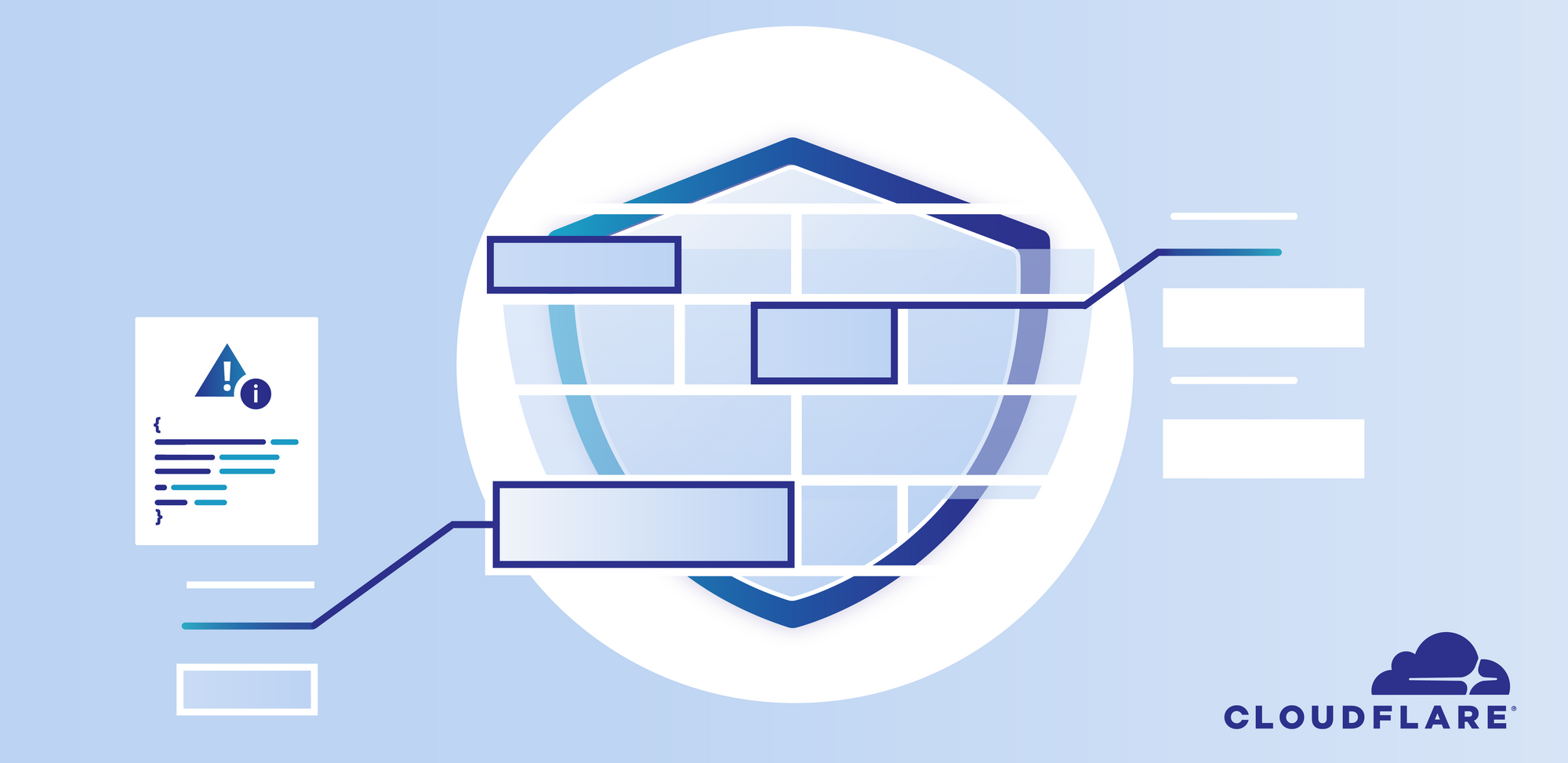
Cloudflare has deployed a new managed rule protecting customers against a remote code execution vulnerability that has been found in F5 BIG-IP’s web-based Traffic Management User Interface (TMUI). Any customer who has access to the Cloudflare Web Application Firewall (WAF) is automatically protected by the new rule (100315) that has a default action of BLOCK.
Initial testing on our network has shown that attackers started probing and trying to exploit this vulnerability starting on July 3.
F5 has published detailed instructions on how to patch affected devices, how to detect if attempts have been made to exploit the vulnerability on a device and instructions on how to add a custom mitigation. If you have an F5 device, read their detailed mitigations before reading the rest of this blog post.
The most popular probe URL appears to be /tmui/login.jsp/..;/tmui/locallb/workspace/fileRead.jsp followed by /tmui/login.jsp/..;/tmui/util/getTabSet.jsp, /tmui/login.jsp/..;/tmui/system/user/authproperties.jsp and /tmui/login.jsp/..;/tmui/locallb/workspace/tmshCmd.jsp. All contain the critical pattern ..; which is at the heart of the vulnerability.
On July 3 we saw O(1k) probes ramping to O(1m) yesterday. This is because simple test patterns have been added to scanning tools and small test programs made available by Continue reading

With Cloudflare Workers, our JavaScript environment at the edge, it is possible to send traffic logs to arbitrary locations. In this post we are going to discuss an example Worker implementation on how to achieve this. So if you are building or maintaining your own traffic logging/analytics environment, read on.
To build the underlying script we are going to leverage sub requests. Sub requests, which can be spawned from the initial HTTP/S request, can be used to aggregate and compose a response from several back end services, or, like in the example discussed here, to post data to a specific endpoint. Sub requests can be made asynchronously and after the initial request has been fully served to avoid adding unnecessary latency to the main request.

In this example we assume an Elastic stack has been set up at elk.example.com and has been configured to receive via HTTP/S PUT requests a number of fields for each log line. The full script that we are going to look at can be found below:
addEventListener('fetch', event => {
event.respondWith(fetchAndLog(event));
})
async function fetchAndLog(event) {
const response = await fetch(event.request);
event.waitUntil(logToElk(event.request, response));
return response;
Continue readingWhile working to make the Internet a better place, we also want to make it easier for our customers to have control of their content and APIs, and who has access to them. Using Cloudflare’s Token Authentication features, customers can implement access control via URL tokens or HTTP request headers without having to build complex back-end systems.
Cloudflare will check these tokens at the edge before any request is relayed to an origin or served from cache. If the token is not valid the request is blocked. Since Cloudflare handles all the token validation, the origin server does not need to have complex authentication logic. In addition, a malicious user who attempts to forge tokens will be blocked from ever reaching the origin.
Leveraging our edge network of over 100 data centers, customers can use token authentication to perform access control checks on content and APIs, as well as allowing Cloudflare to cache private content and only serve it to users with a valid token tied specifically to that cached asset.
Performing access control on the edge has many benefits. Brute force attempts and other attacks on private assets don't ever reach Continue reading